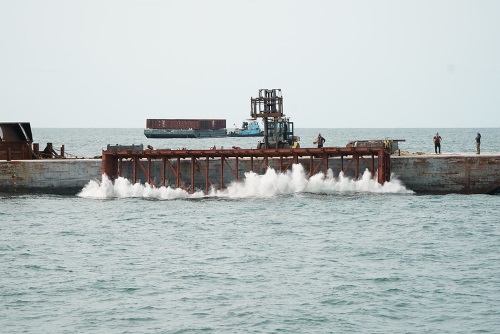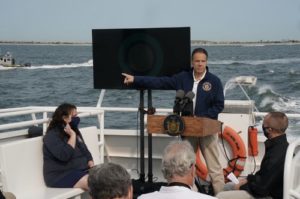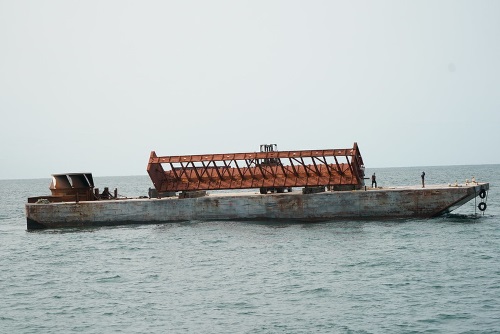A roundup of headlines curated for state transportation environmental professionals
FEDERAL ACTION
Rep. Rodney Davis Introduces Highway Funding Measure – Transport Topics
A Regulatory Rush by Federal Agencies to Secure Trump’s Legacy – New York Times
Administration wants to exclude ‘anarchist jurisdictions’ from coronavirus safety grant – Washington Post
COVID-19
FTA COVID-19 Recovery Listening Sessions – FTA
Gov. Baker says public transit safe to ride amid pandemic: ‘People have done a lot of work to make it safe.’ – Boston Globe
Fear of Crowds May End Up Haunting U.S. Transit Agencies – CityLab
Defense Department study finds low risk of coronavirus infection through air on a packed airline flight – The Washington Post
Metro-North Railroad tests new air filtration to combat coronavirus – Stamford Advocate
NEPA
Graves’ bill delivers solutions to rural communities and the environment – Livingston Parish News (Opinion)
INFRASTRUCTURE RESILIENCE AND SUSTAINABILITY
Mayor Baraka Launches Planning Process For Newark’s Port-Industrial District – City of Newark (Press release)
New solar parking canopy at EVV complete, will produce half of terminal’s power – Courier & Press
Geolocation Data Could Help Planners Design Communities that Require Less Driving – Route Fifty
Port of San Francisco study warns of $30 billion damage from earthquake & sea level rise – American Journal of Transportation
Minnesota Senate passes $1.9 billion infrastructure bill loaded with local projects – Pioneer Press
AIR QUALITY
Vermont leadership releases bold proposal to reduce carbon emissions from the largest source: transportation – Mountain Times
Funds to aid Kentucky transportation initiatives – Transportation Today
ENVIRONMENTAL JUSTICE
EPA awards $200,000 grant to DHEC for environmental justice in North Charleston – WCIV -TV
The Equity Case For Caltrain’s Measure RR – San Jose Inside (Op-ed)
Why highways were designed to run through Black communities. SC faces historic dilemma again. – Post and Courier
The road to transportation equity – Roads and Bridges (Commentary)
NATURAL RESOURCES
Report: Animal-Vehicle Crashes Jump in North Carolina – AASHTO Journal
Pitkin County’s highway pot signs serve cleaner purpose; sponsorship helps one of Colorado’s dirtiest sections of road – Aspen Times
Refining Right-of-Way Management with IVM – North American Oil & Gas Pipelines
Swatting litterbugs: North Carolina lets people report trash tossers caught in the act – Citizen-Times
Mn/DOT abruptly pulls no-spray signs – Winona Post
Boston seeks partners for $500,000 ‘urban forest’ plan – Cities Today
HEALTH AND HUMAN ENVIRONMENT/ACTIVE TRANSPORTATION
IIHS Report Focuses on E-Scooter Safety Issues – AASHTO Journal
Washington law allows bikes to use stop signs as yield signs – Associated Press
Caltrans Highlights Efforts to Reduce Pedestrian Injury and Death – Caltrans (Press release)
UDOT touts biking and walking to improve family well-being, relieve traffic congestion – KSL-TV
TRB RESOURCES/ANNOUNCEMENTS
TRB Webinar: Protection Detection – Making Roads Safe for Drivers and Wildlife – TRB
FEDERAL REGISTER NOTICES
Release of Waybill Data – Surface Transportation Board (Notice)
EPA Guidance; Administrative Procedures for Issuance and Public Petitions – EPA (Final rule)
Environmental Protection Agency Acquisition Regulation (EPAAR); Scientific Integrity – EPA (Final rule)





